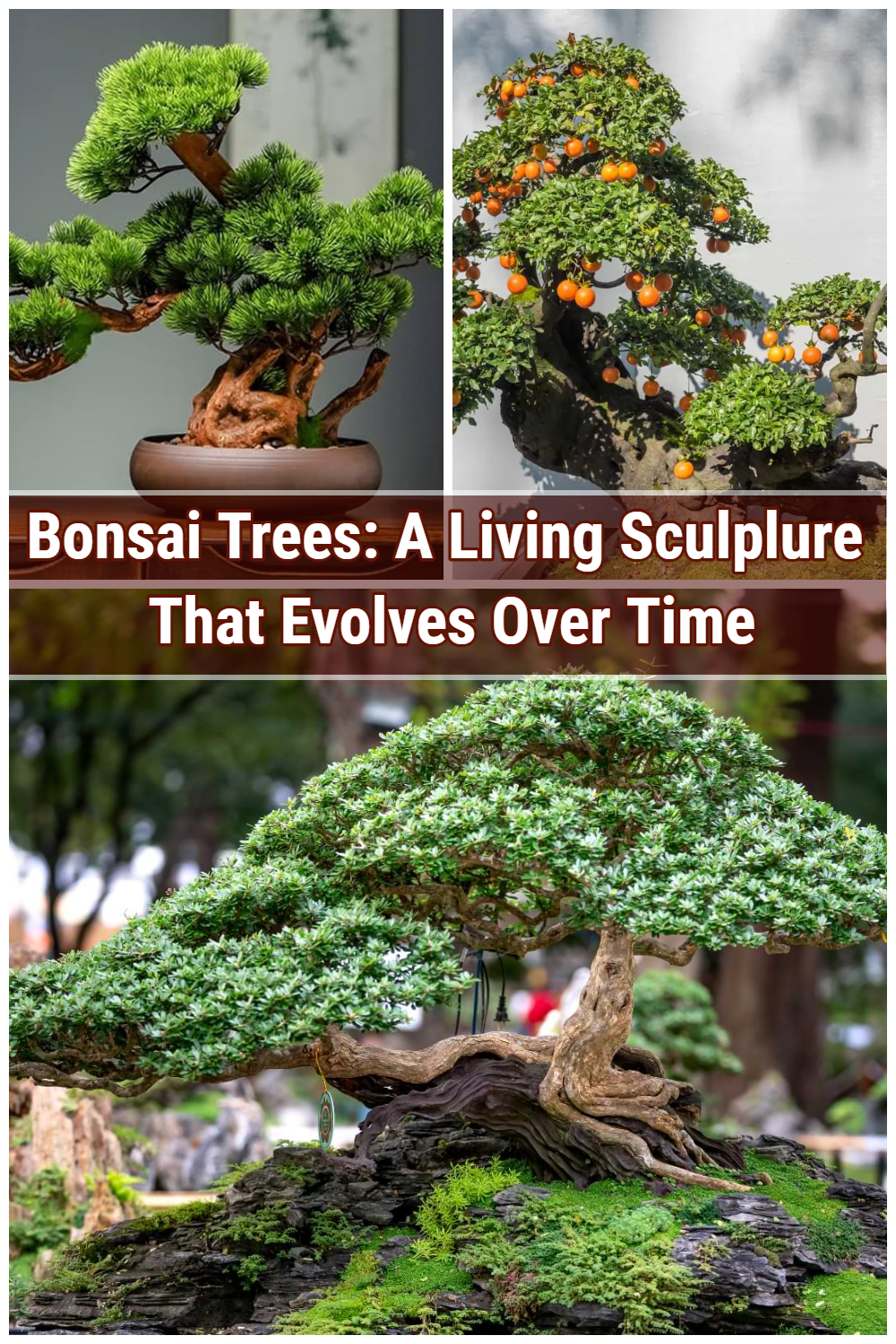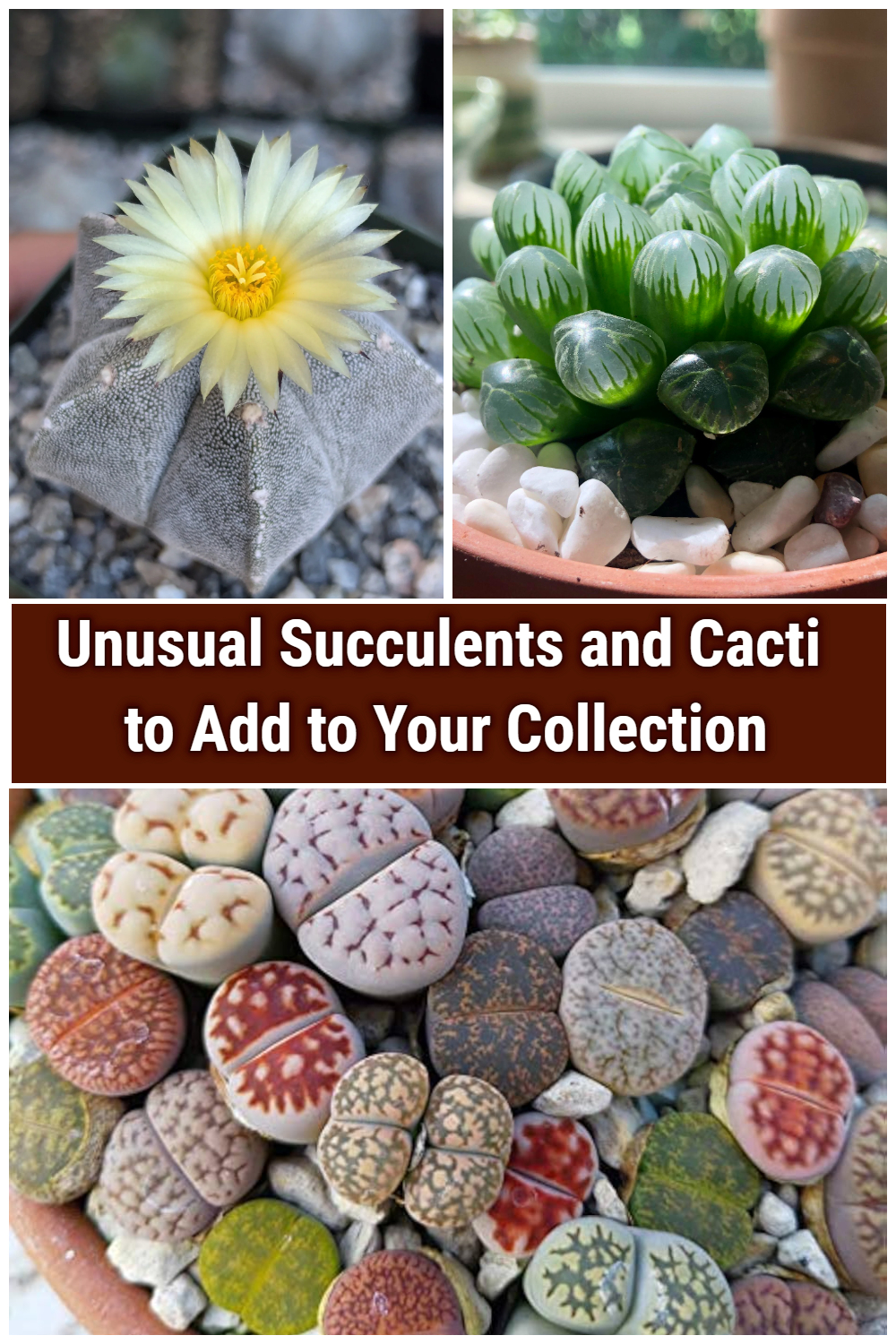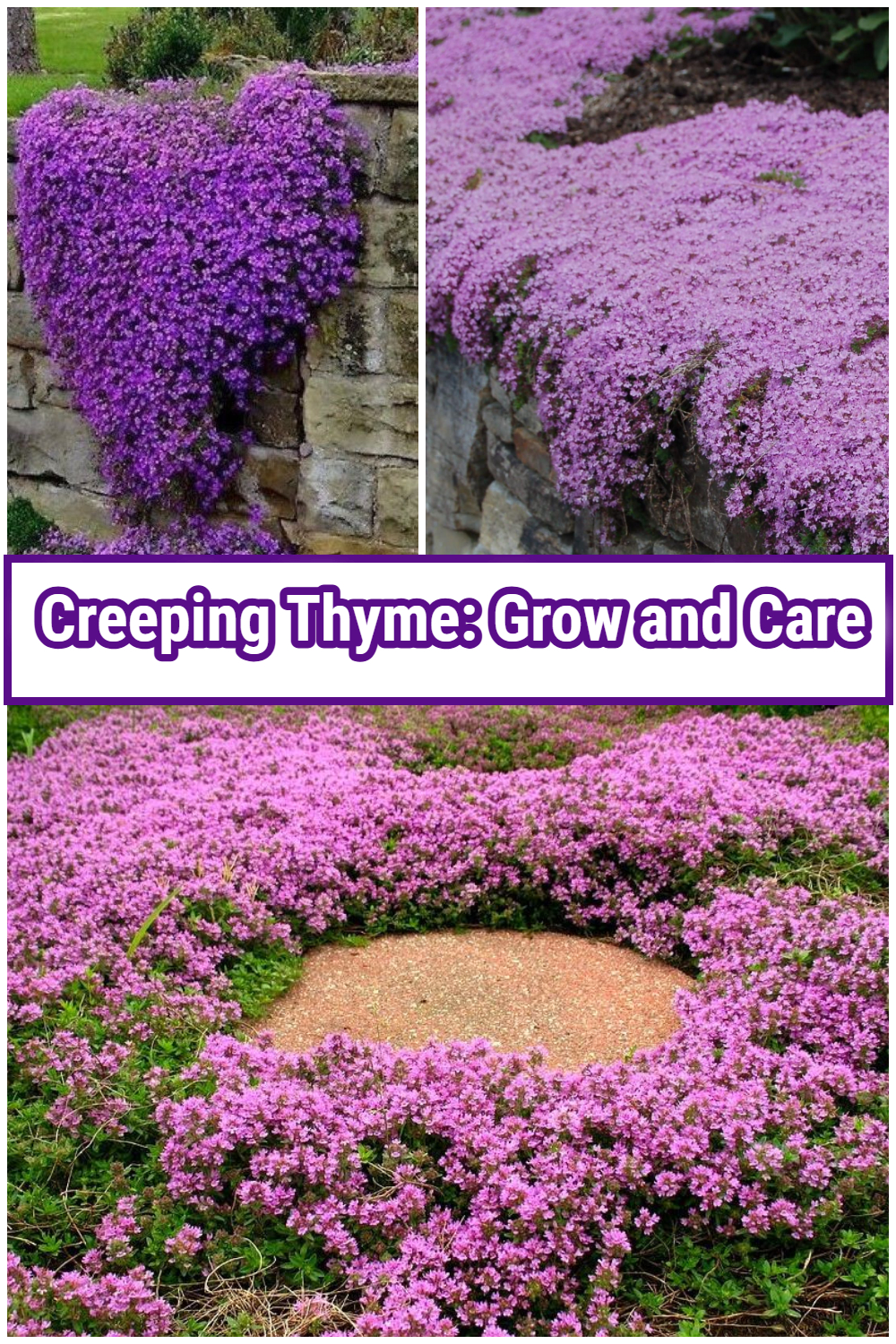For centuries, bonsai trees have captivated plant enthusiasts over the world for their intricate designs, delicate shapes, and miniature sizes. The art of bonsai cultivation originated in China over a thousand years ago, and was later refined and popularized in Japan.
In this article, we will delve into the world of bonsai trees, exploring their history, types, caring requirements, and styling techniques. We also provide a step-by-step guide to help you create your own bonsai tree.
What is a Bonsai Tree?
A bonsai tree is a miniature tree that is carefully cultivated and trained to achieve a specific shape, size, ending up with a unique, striking work of art. These trees are grown in containers and require regular pruning, watering, and fertilization to maintain their unique appearance.
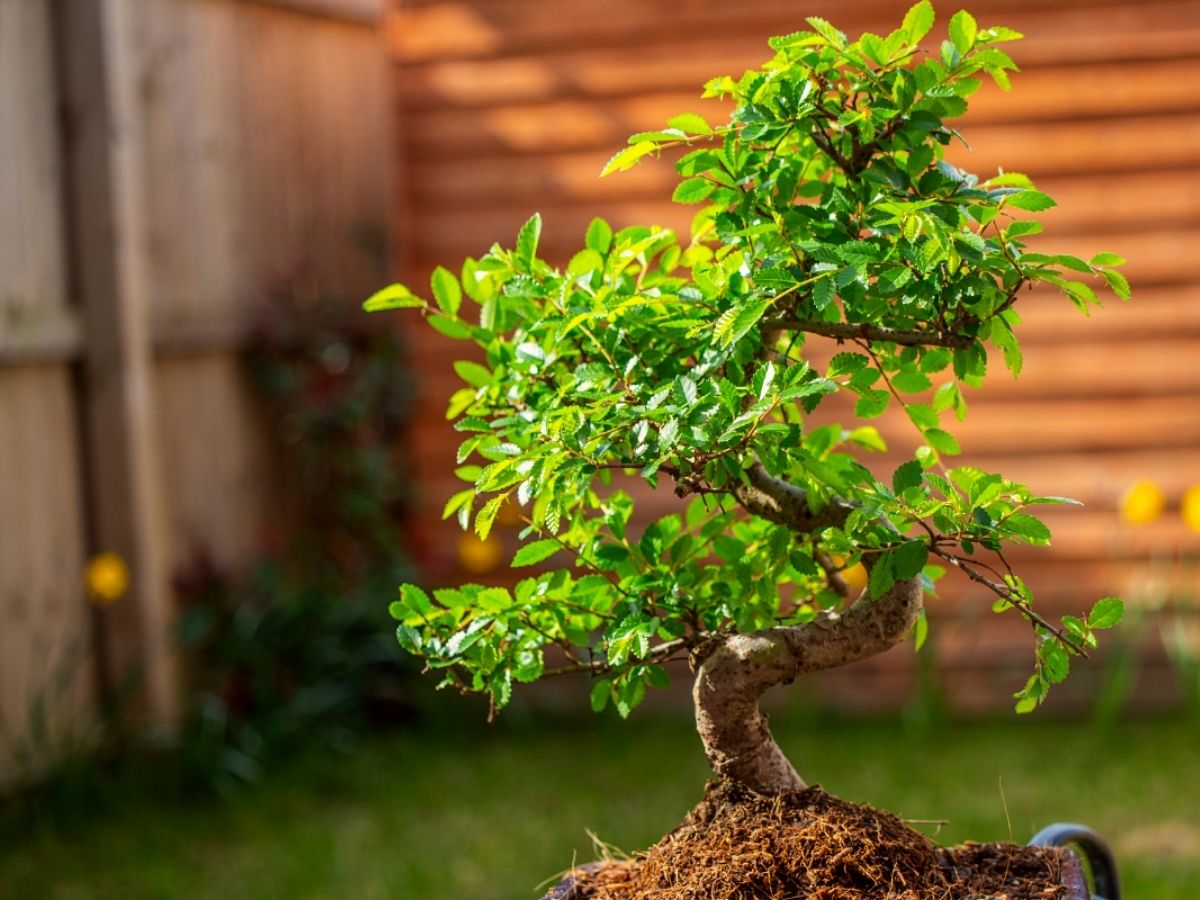
Bonsai is more than just growing small trees. It is a meditative and artistic practice that requires patience, skill, and dedication, making it a rewarding hobby for gardeners and plant enthusiasts of all levels. The appeal of Bonsai is that it creates harmony between nature and human influence, encouraging enthusiasts to create living sculptures that evolve over time.
Common Types of Bonsai Trees
Many species of trees can be used for bonsai cultivation, with each offering unique characteristics, growing requirements, and adaptability to different styles. Some popular species include:
Juniper Bonsai (Juniperus spp.)
Juniper Bonsai is a popular choice known for its scale-like foliage and ability to tolerate drought, making it ideal for beginners.
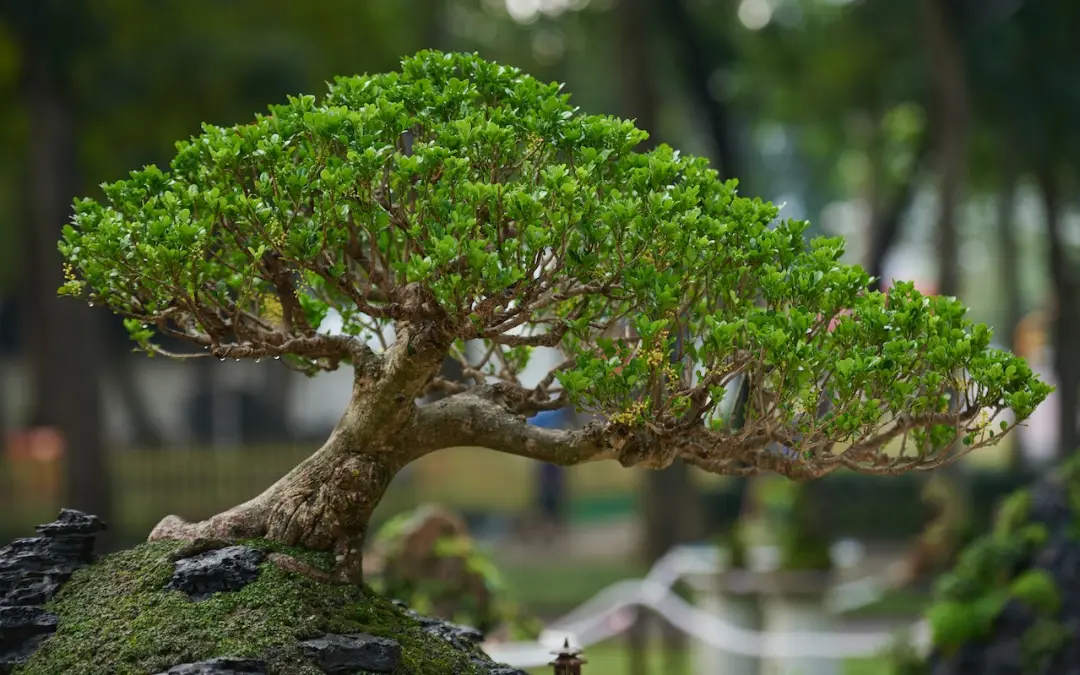
Maple Bonsai (Acer spp.)
This tree is admired for its vibrant, seasonal foliage that changes color throughout the year.
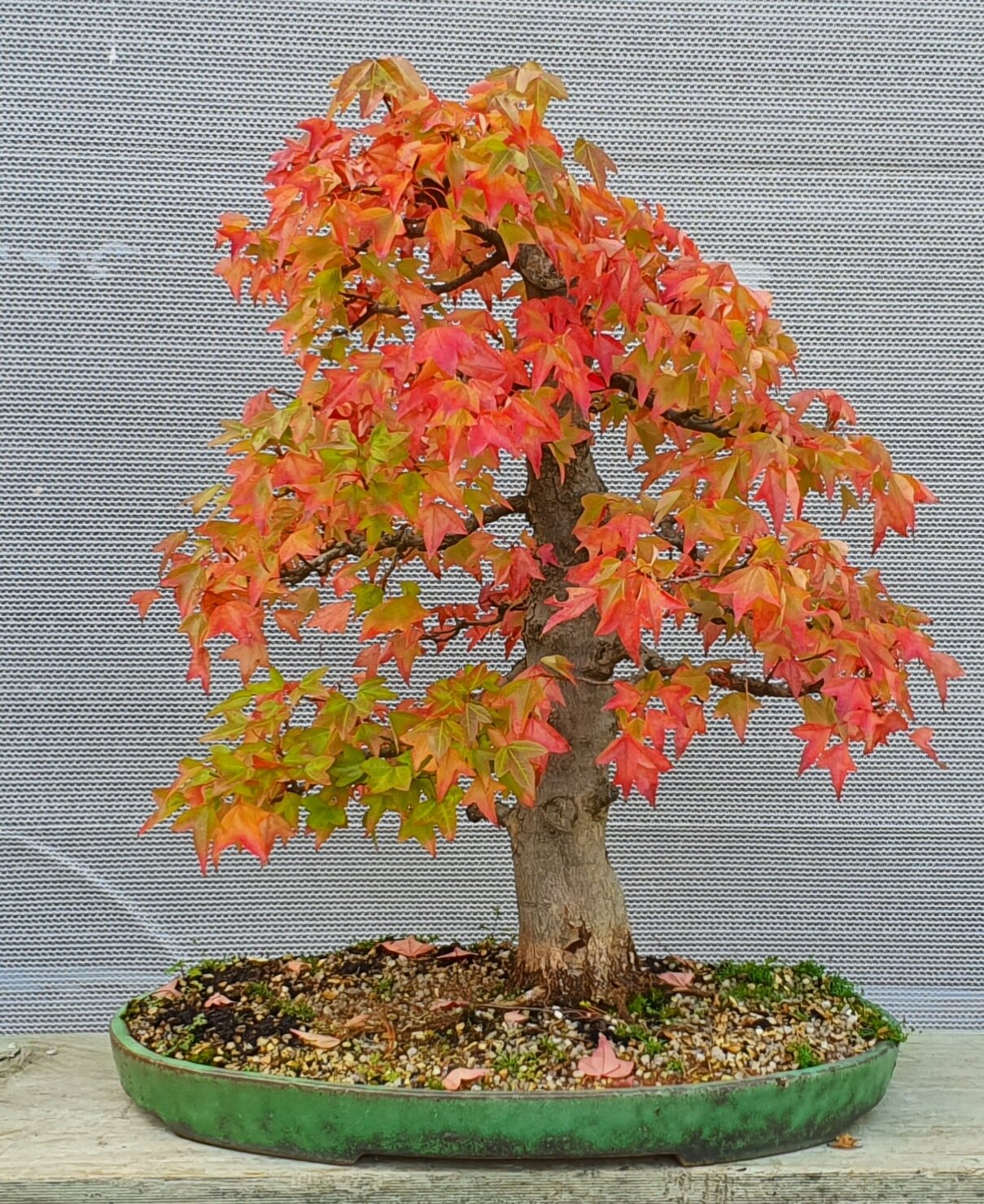
Pine Bonsai (Pinus spp.)
Pine Bonsai is a symbol of longevity and endurance, which is often associated with traditional Japanese aesthetics.

Ficus Bonsai (Ficus spp.)
This forgiving and resilient species can tolerate indoor conditions.
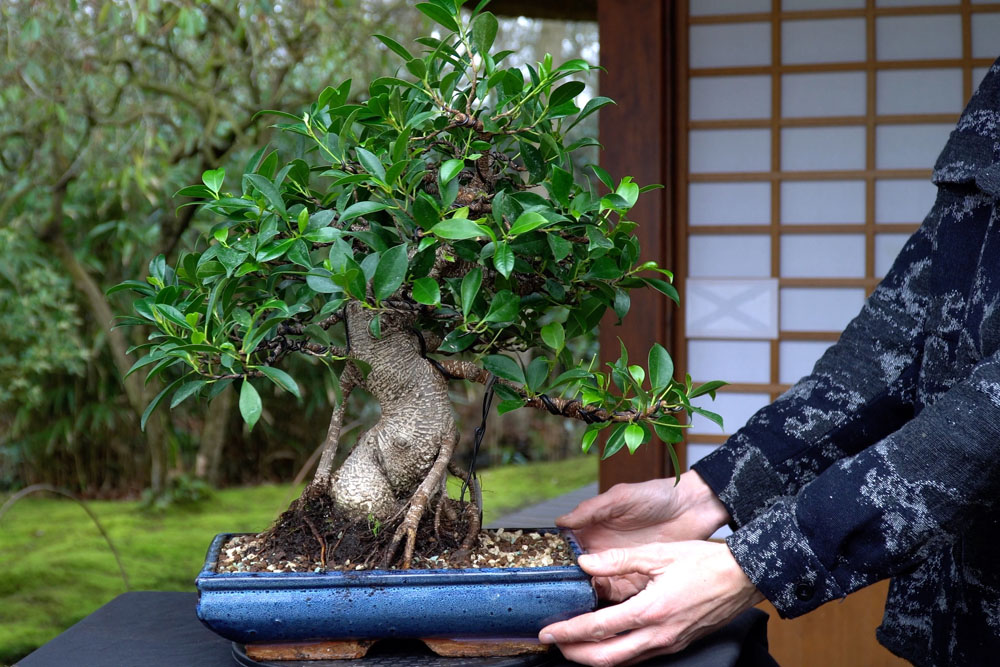
Cherry Blossom Bonsai (Prunus spp.)
This species stands out for its delicate, seasonal blooms, adding a touch of elegance.
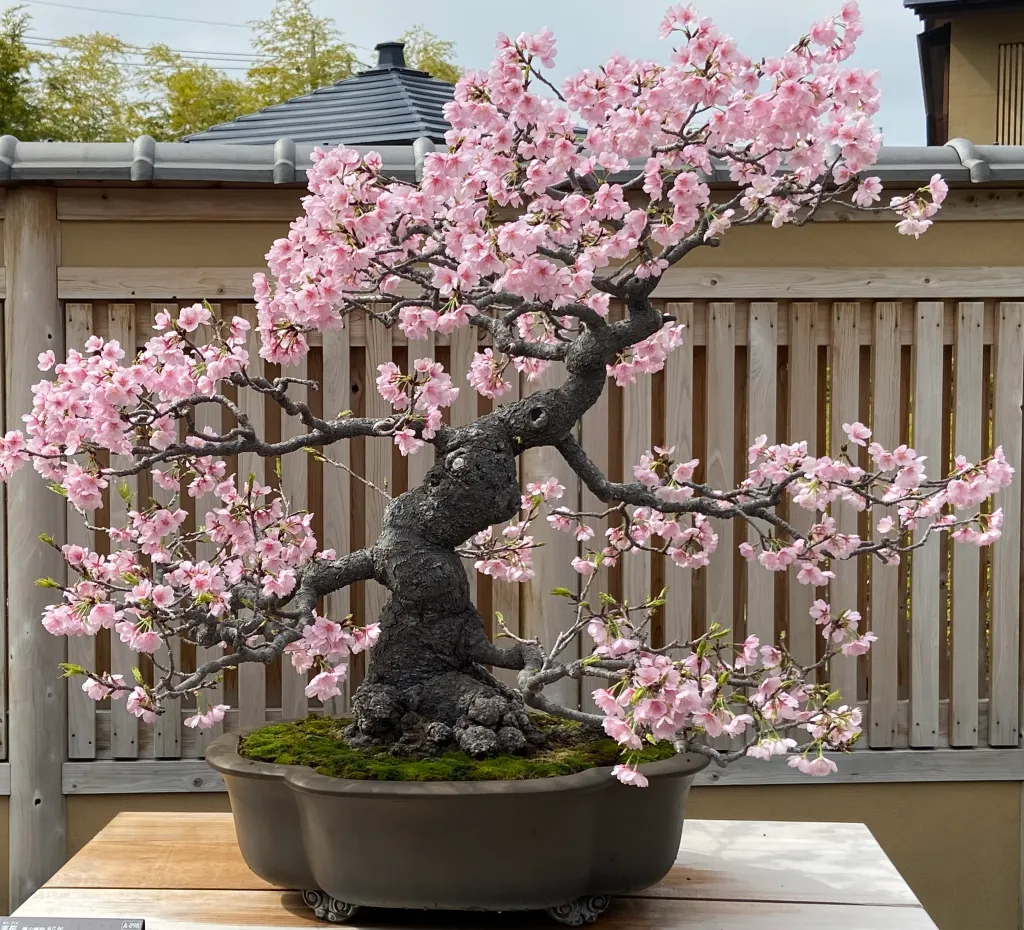
Essential Techniques for Growing Bonsai
Bonsai trees require the right care to ensure their health and longevity. Here are some essential techniques:
-
-
- Pruning & shaping: To maintain the shape and encourage healthy growth of a bonsai tree, regular trimming of branches and leaves is required. Wiring is used to guide branches into artistic forms, allowing for more precise control over the tree’s shape.
- Repotting: Enthusiasts must change pots of bonsai trees every few years to refresh the soil and prevent the roots of the tree from becoming pot-bound.
- Watering & feeding: It’s crucial to provide a bonsai tree with proper hydration, as their soil can dry out quickly. Additionally, a balanced fertilizer is recommended for promoting healthy growth and development.
- Choosing the right container: The pot plays a vital role in showcasing the beauty of a bonsai tree while promoting its health and well-being. You should choose a pot that ensures adequate drainage and space for root development.
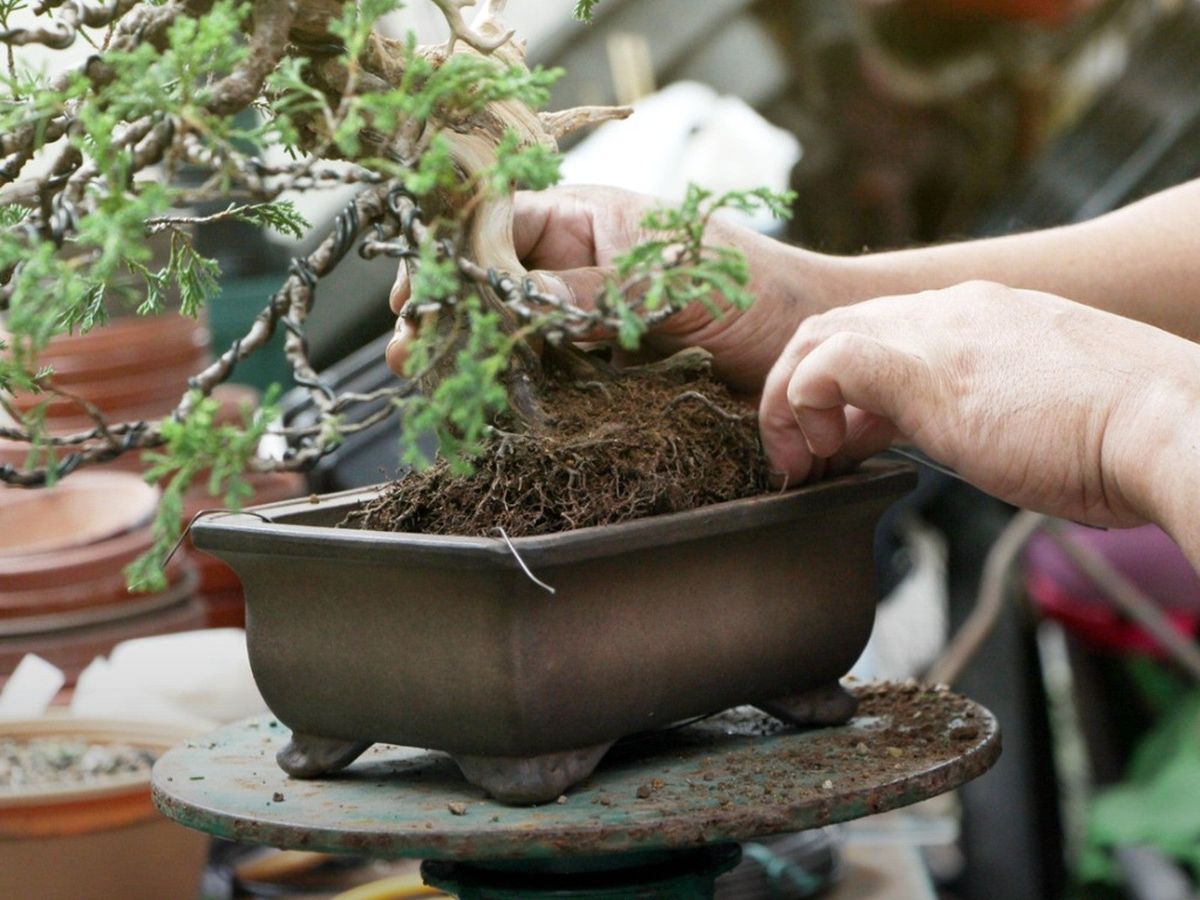
-
Ideal Growing Conditions for Bonsai Trees
Bonsai trees require specific environmental conditions for healthy growth. Here are some ideal growing conditions:
-
-
- Light requirements: Some species require bright, indirect sunlight to thrive, while others prefer direct sunlight. Indoor bonsai trees need supplemental grow lights to compensate for limited natural light.
- Temperature and humidity: Bonsai trees can’t thrive in extreme temperatures and harsh conditions. Indoor species benefit from consistent humidity levels.
- Soil and drainage: Bonsai trees require frequent watering and nutrient-rich soil to prevent root rot and promote aeration.
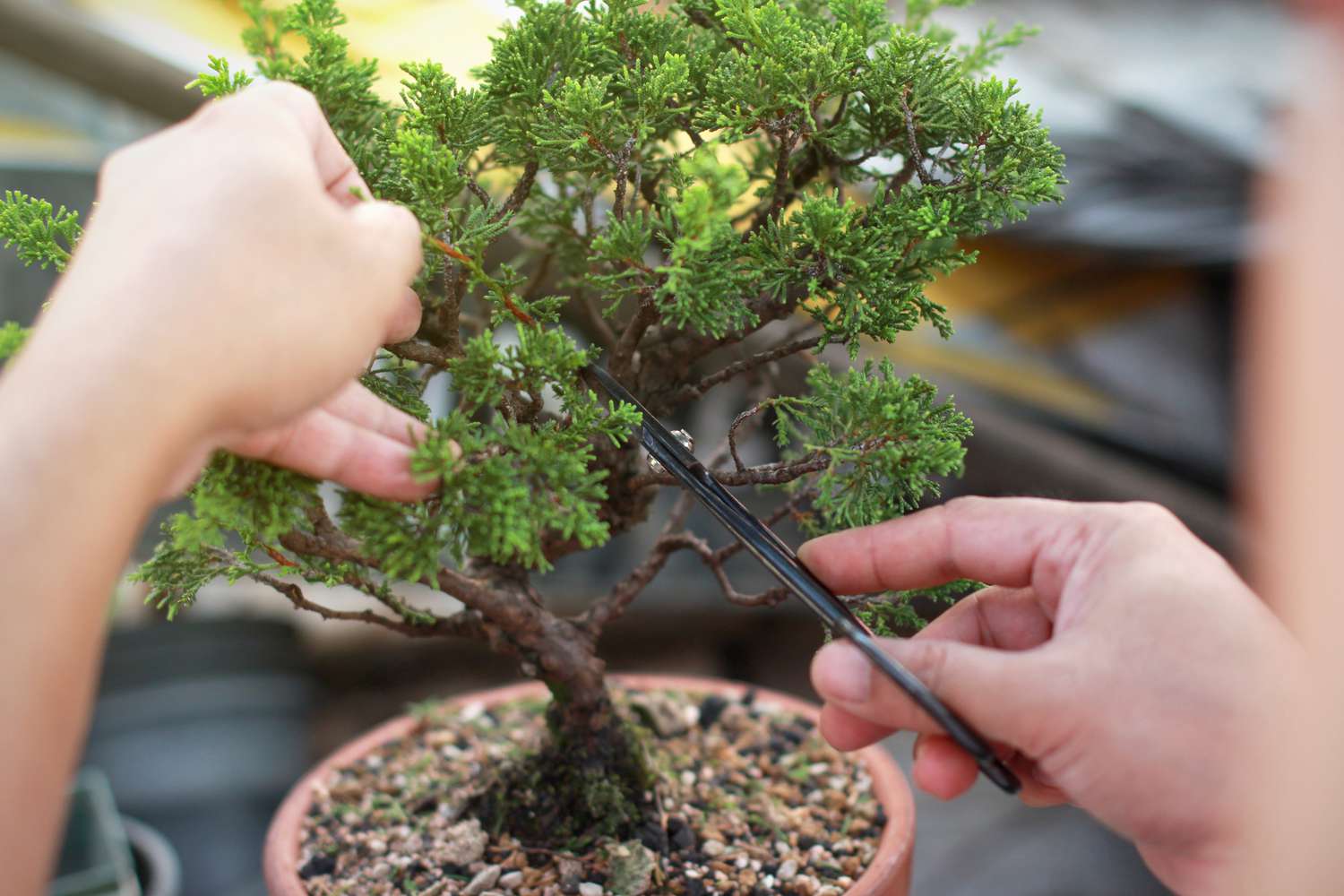
-
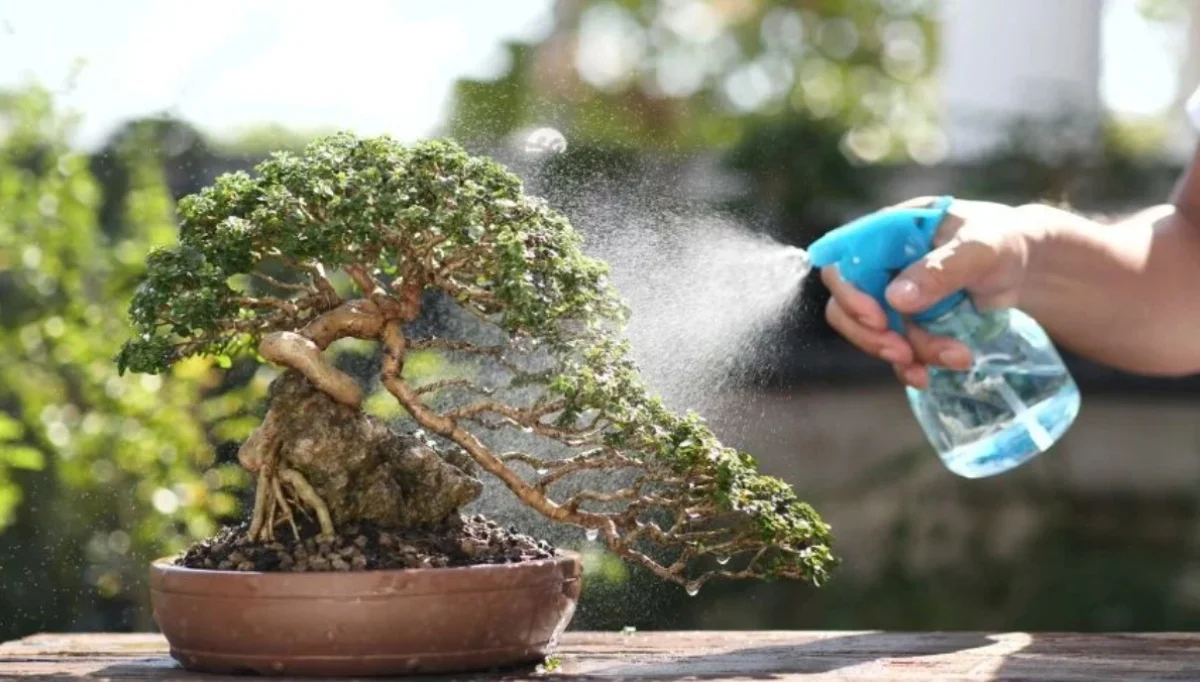
Challenges and Common Problems
To ensure the healthy growth and longevity of a bonsai tree, enthusiasts may face the following challenges:
-
- Overwatering and root rot: Bonsai trees require proper drainage. Excessive watering can lead to fungal diseases and root decay.
- Pest infestations: Bonsai trees should be protected from aphids, spider mites, and scale insects that can harm them. Regularly inspect your bonsai tree for pests and diseases, and take prompt action if you notice any issues.
- Seasonal care and dormancy needs: Some species thrive in winter dormancy, while others need protection from frost or intense heat.
The Joy of Bonsai Cultivation
Bonsai care is a meditative practice that awakens mindfulness and a deep connection with the natural world.
-
- Therapeutic benefits: Growing and cultivating a bonsai tree promote relaxation, patience, and mindfulness.
- A rewarding experience: Watching a bonsai tree grow and evolve over the years would be a truly rewarding experience for any enthusiast.
- A long-term hobby: Many bonsai trees live for decades, becoming treasured heirlooms passed down through generations.

Conclusion
Bonsai trees are living sculptures that are a captivating combination of nature’s beauty with human creativity. Whether you are an experienced gardener or a beginner, bonsai care brings you a deeply rewarding and meditative experience. If you are inspired to grow your bonsai tree, explore local nurseries, online plant shops, and bonsai workshops to find the perfect tree for your collection.
